Hair Transplant Financing Available
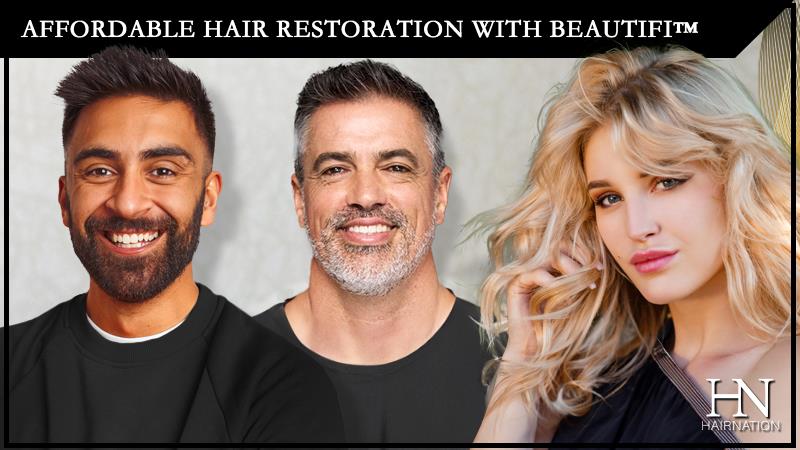
HairNation's Hassle-Free Financing Through Beautifi
HairNation is thrilled to announce its partnership with Beautifi, offering our clients an exceptional financing option to make their dream hair transformations more accessible than ever. With Beautifi financing, you can now enjoy our premium hair transplant and hair loss solutions with flexible payment plans tailored to fit your budget. At HairNation, we believe that everyone deserves to feel confident and beautiful, and Beautifi helps us make that a reality for more people with a convenient and straightforward financing solution designed with your needs in mind.
Transformations


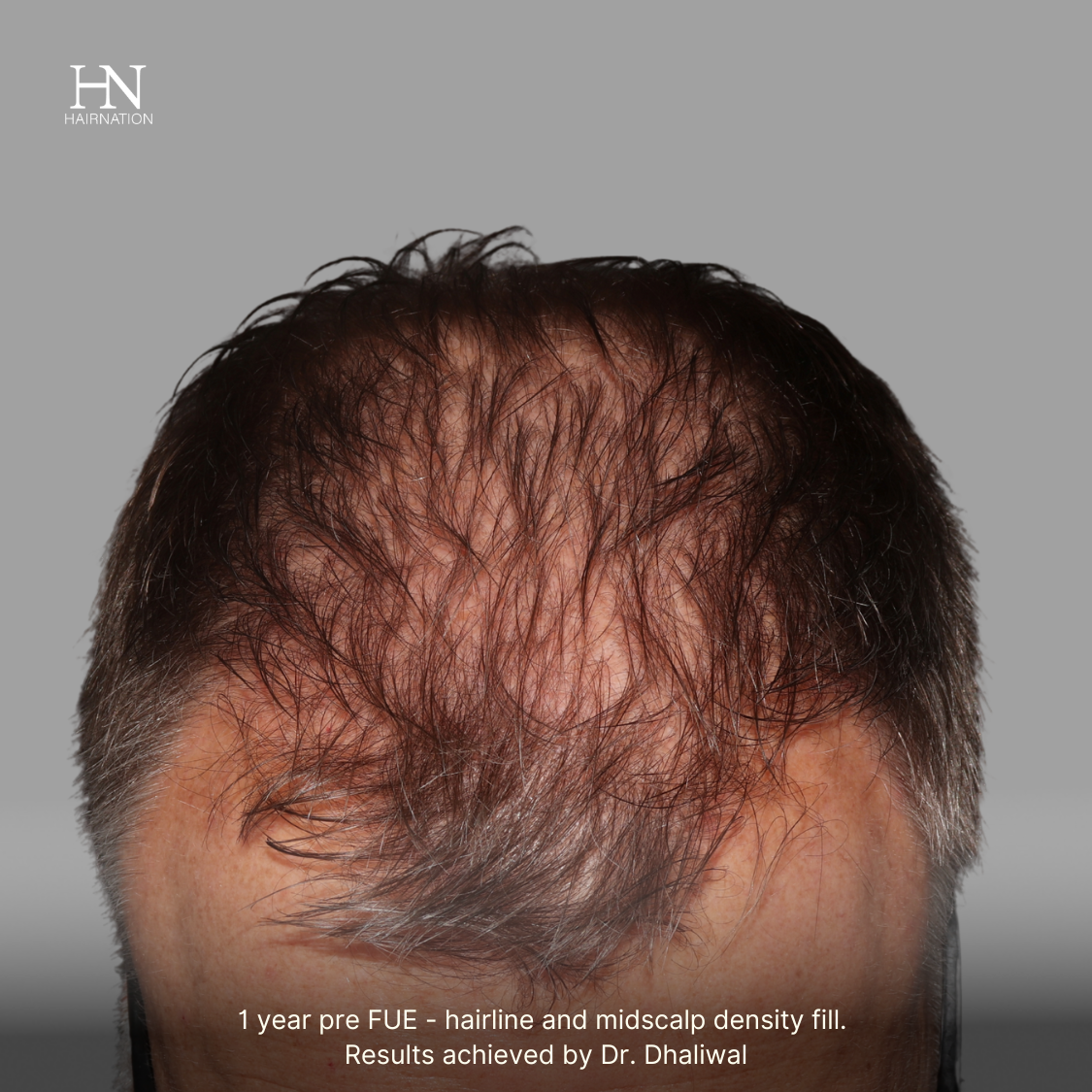
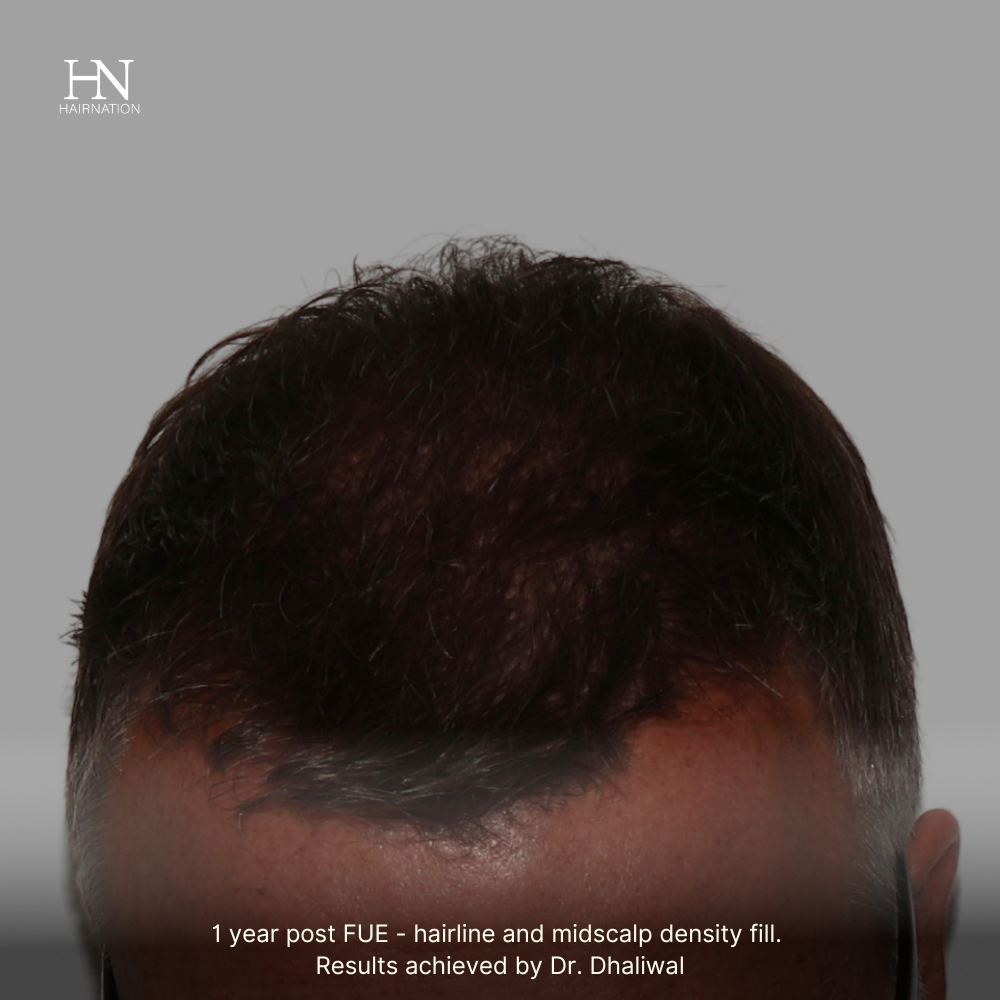
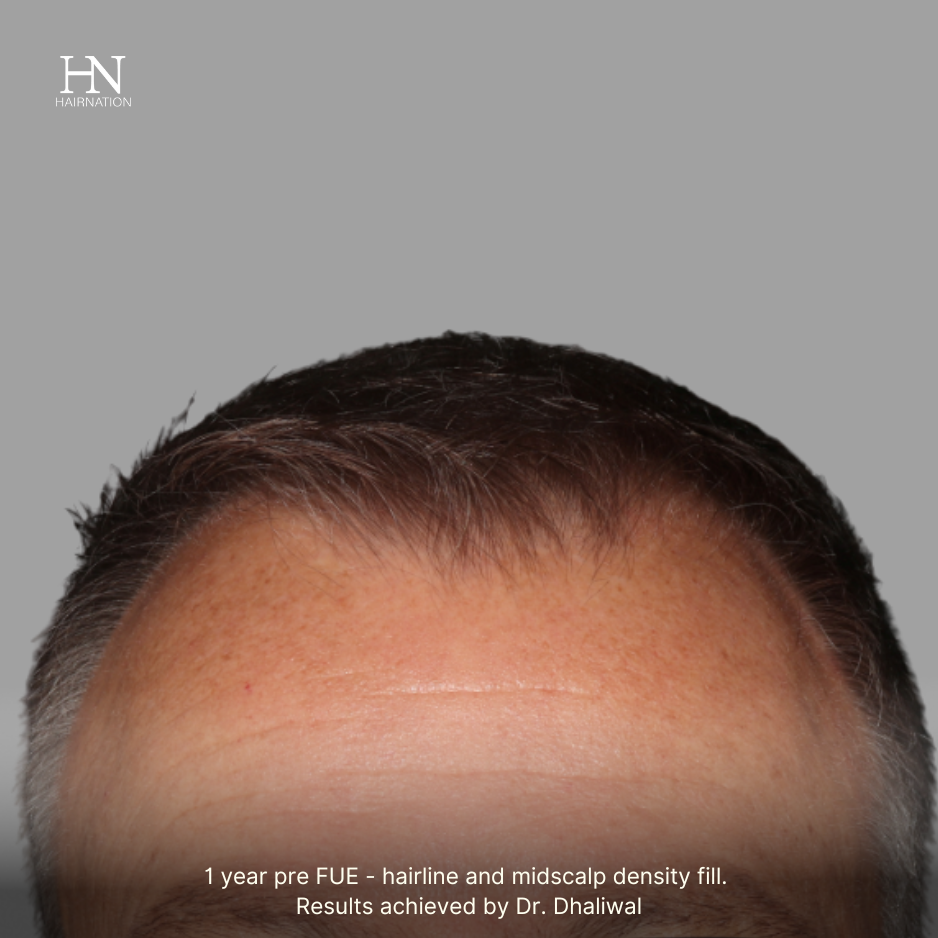
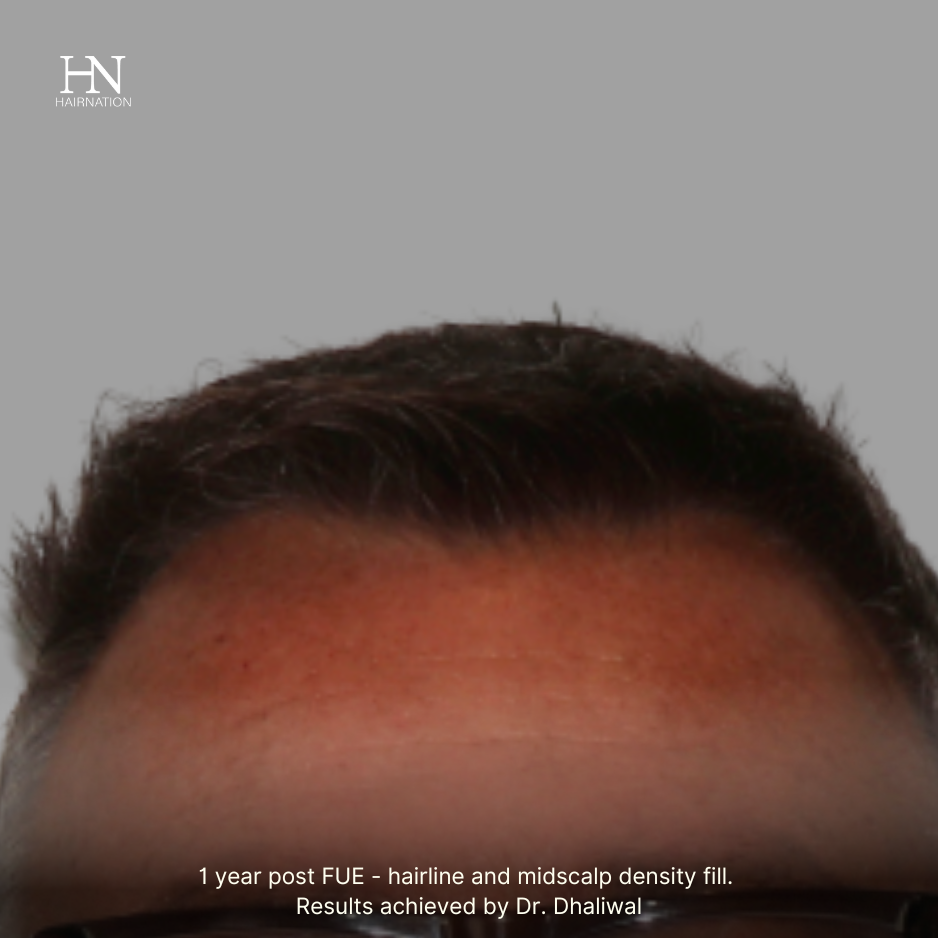
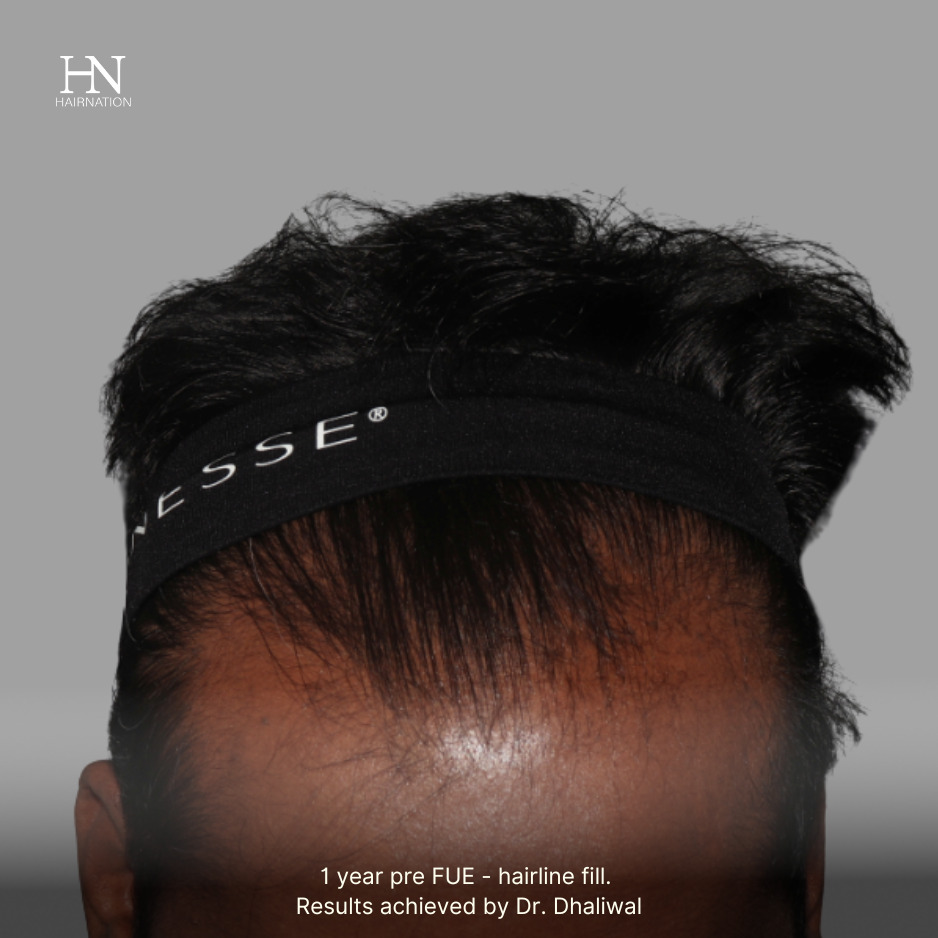
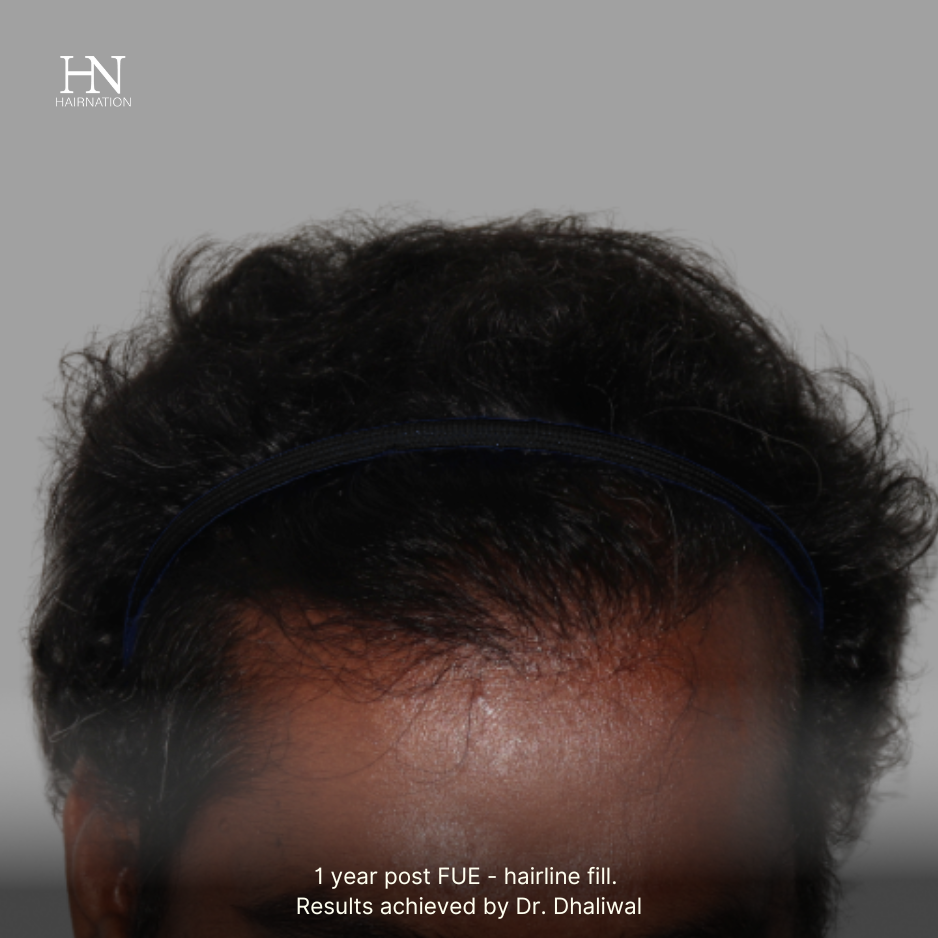

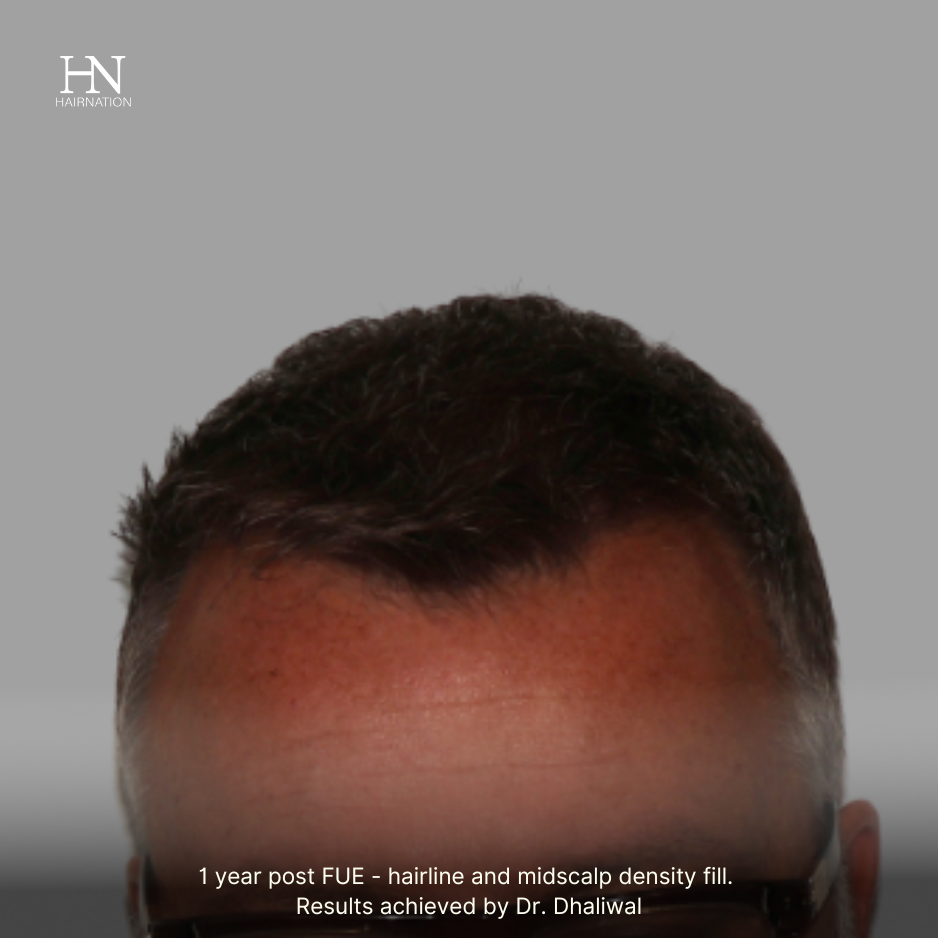
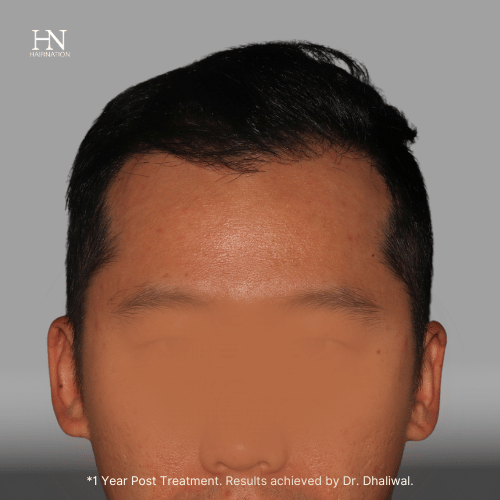
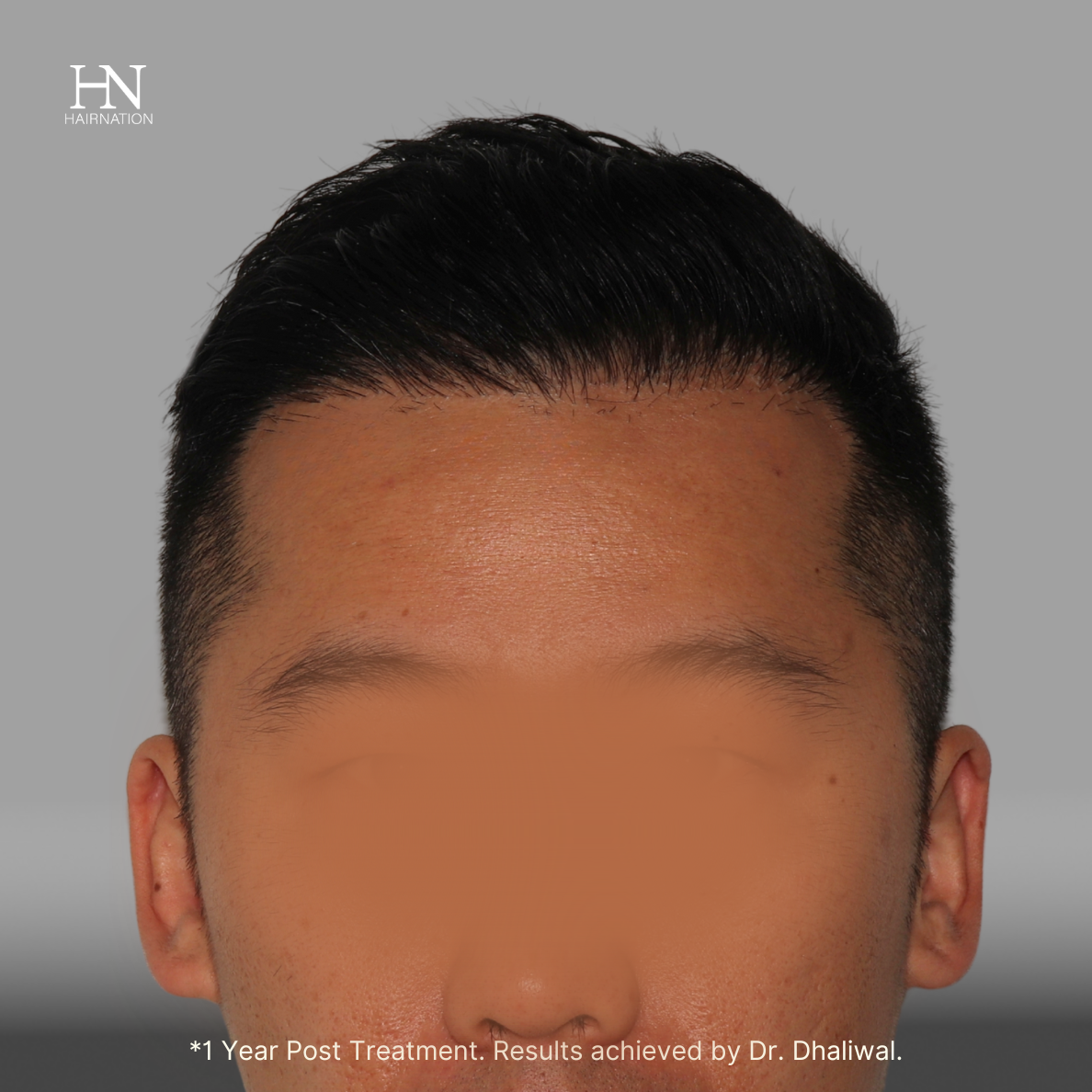
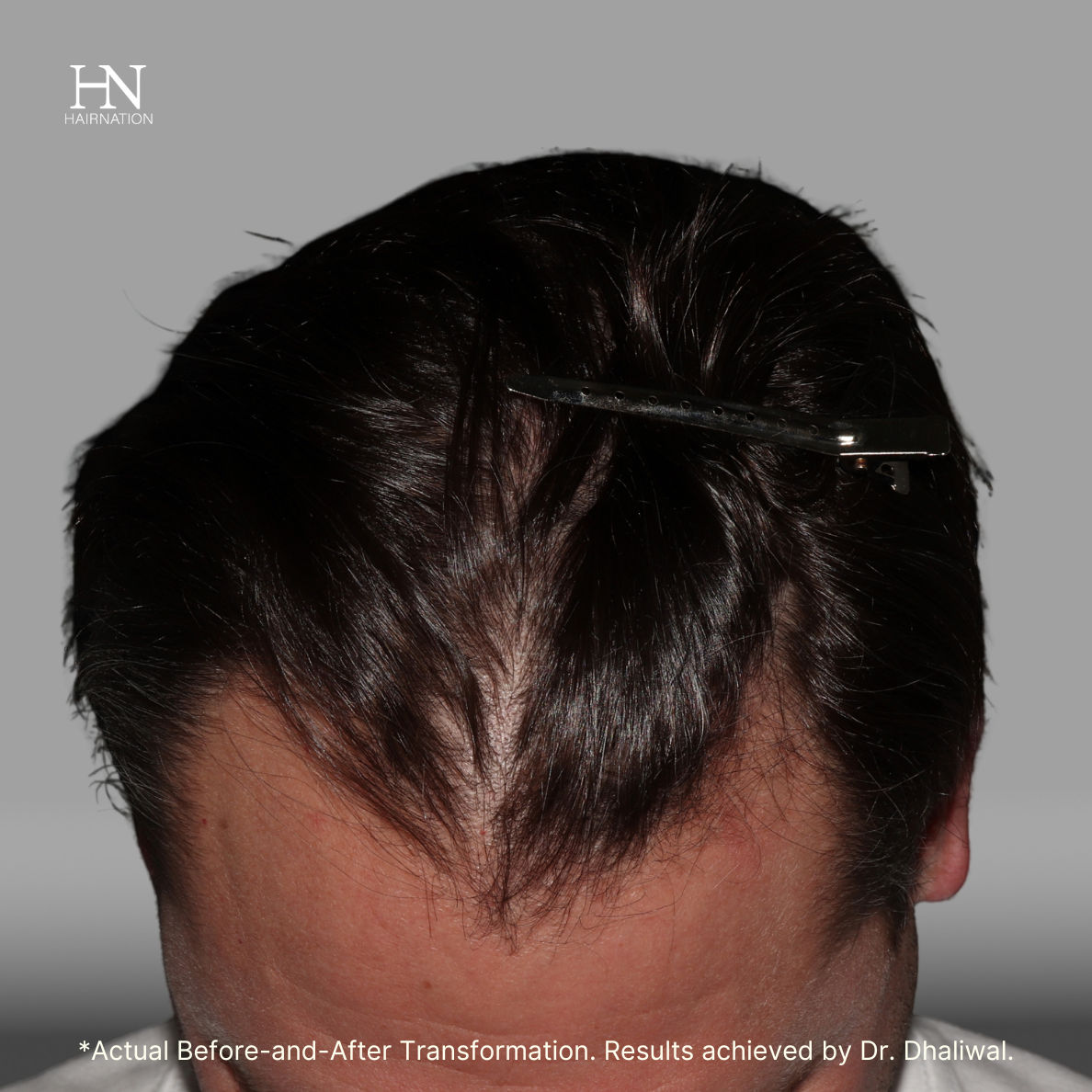
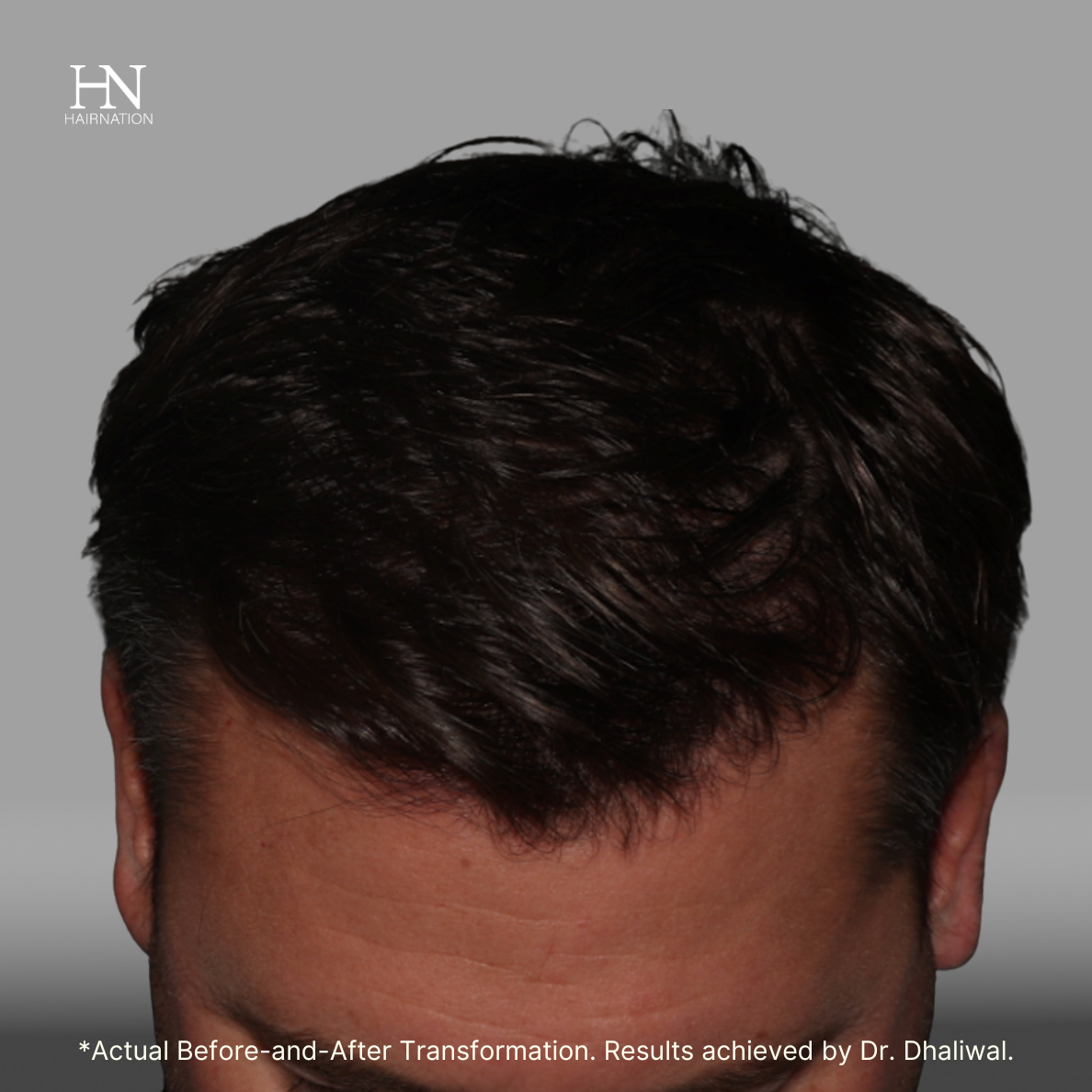
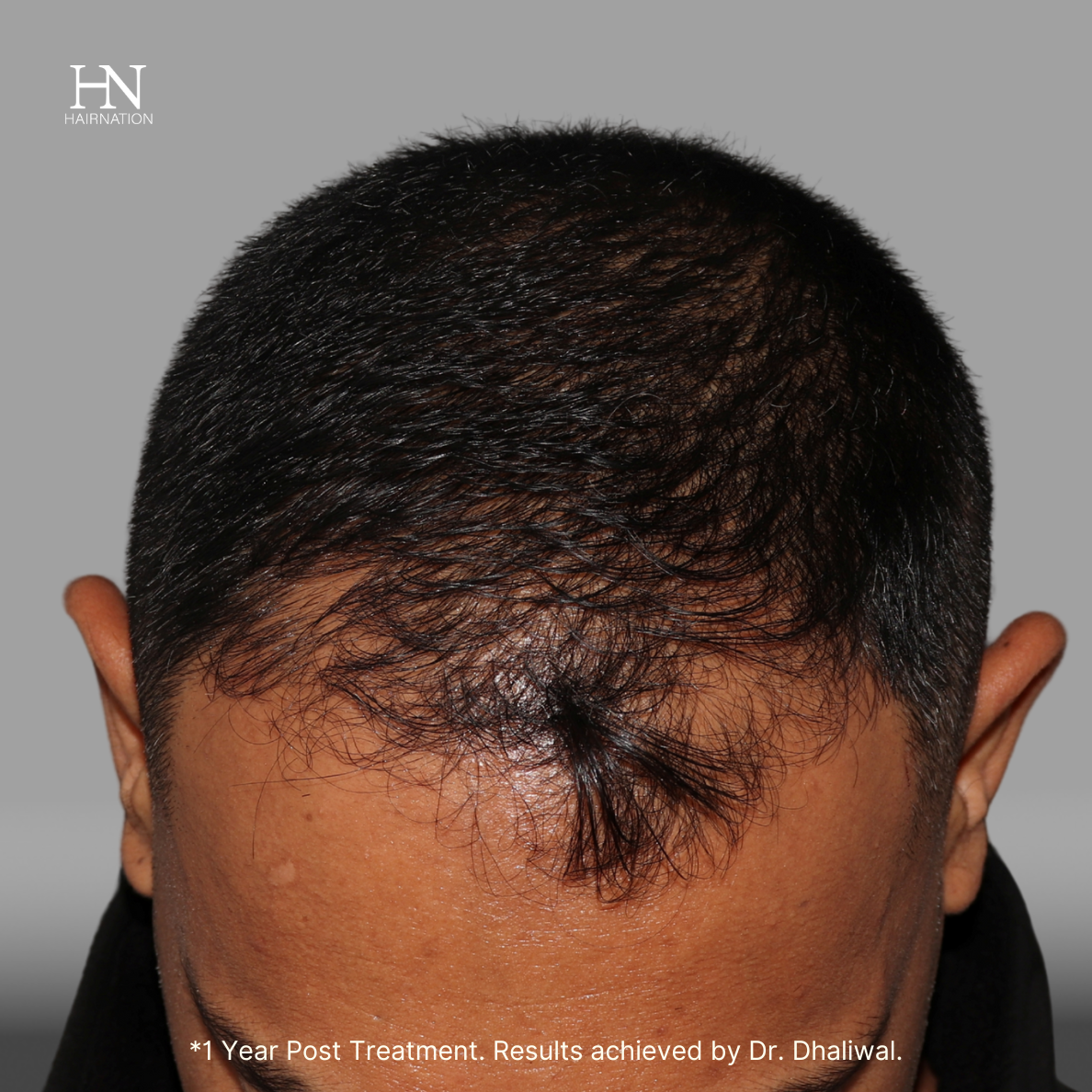
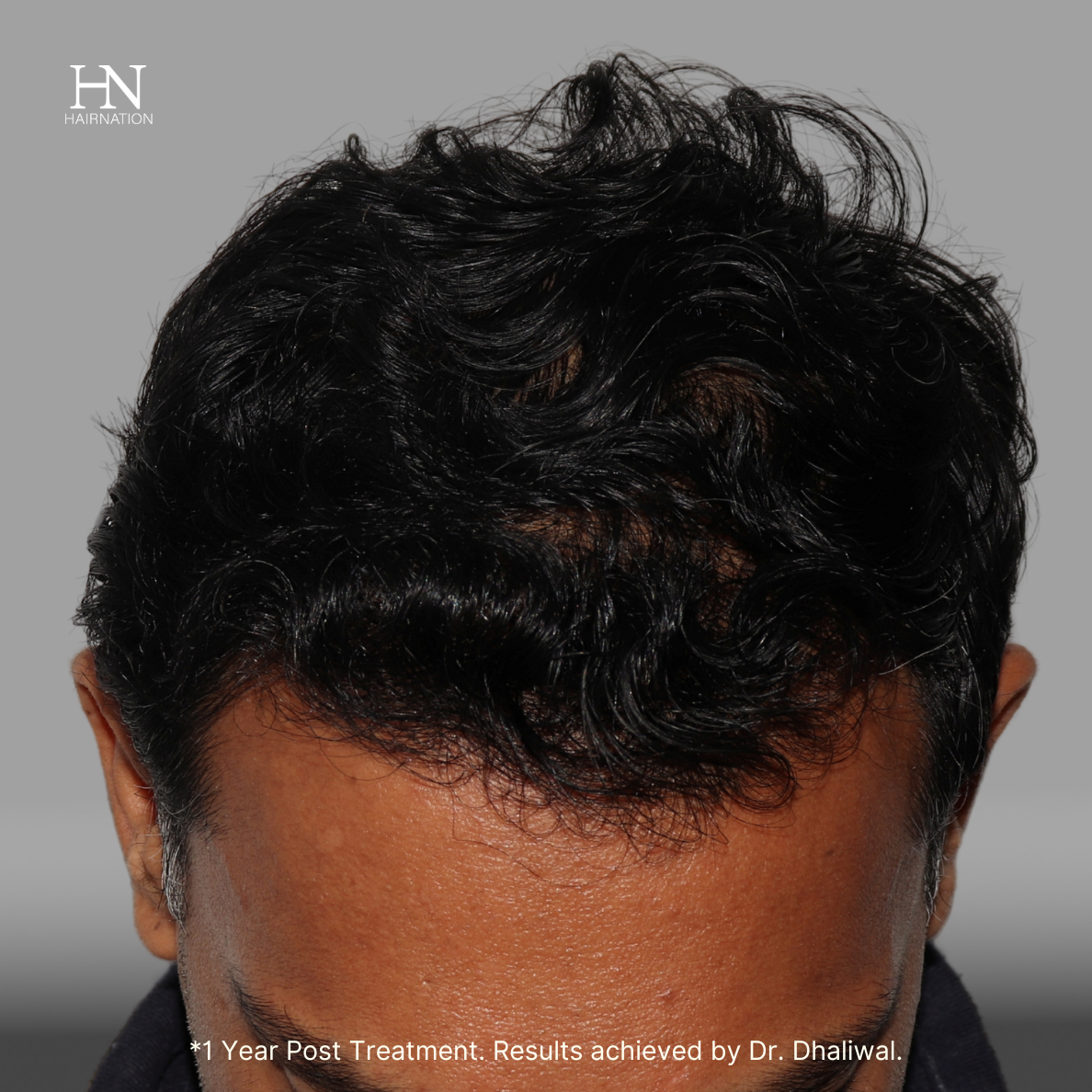

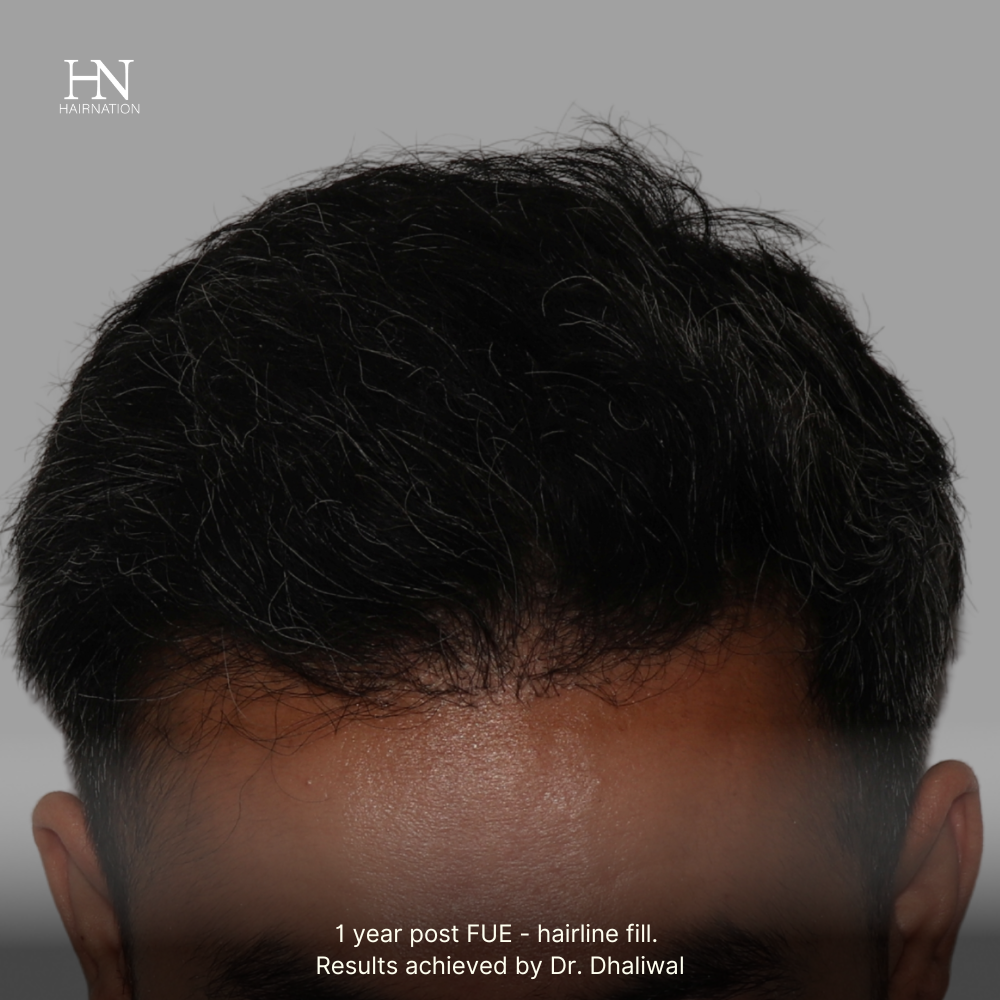
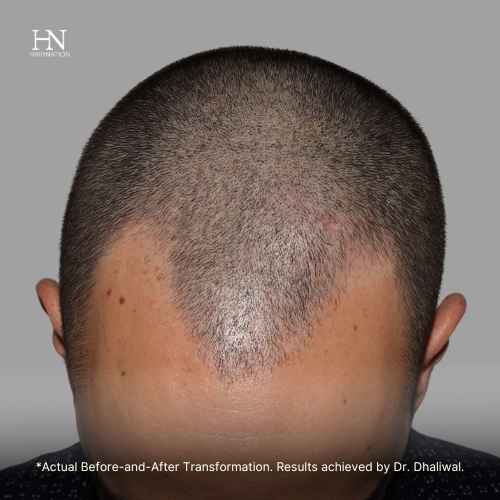


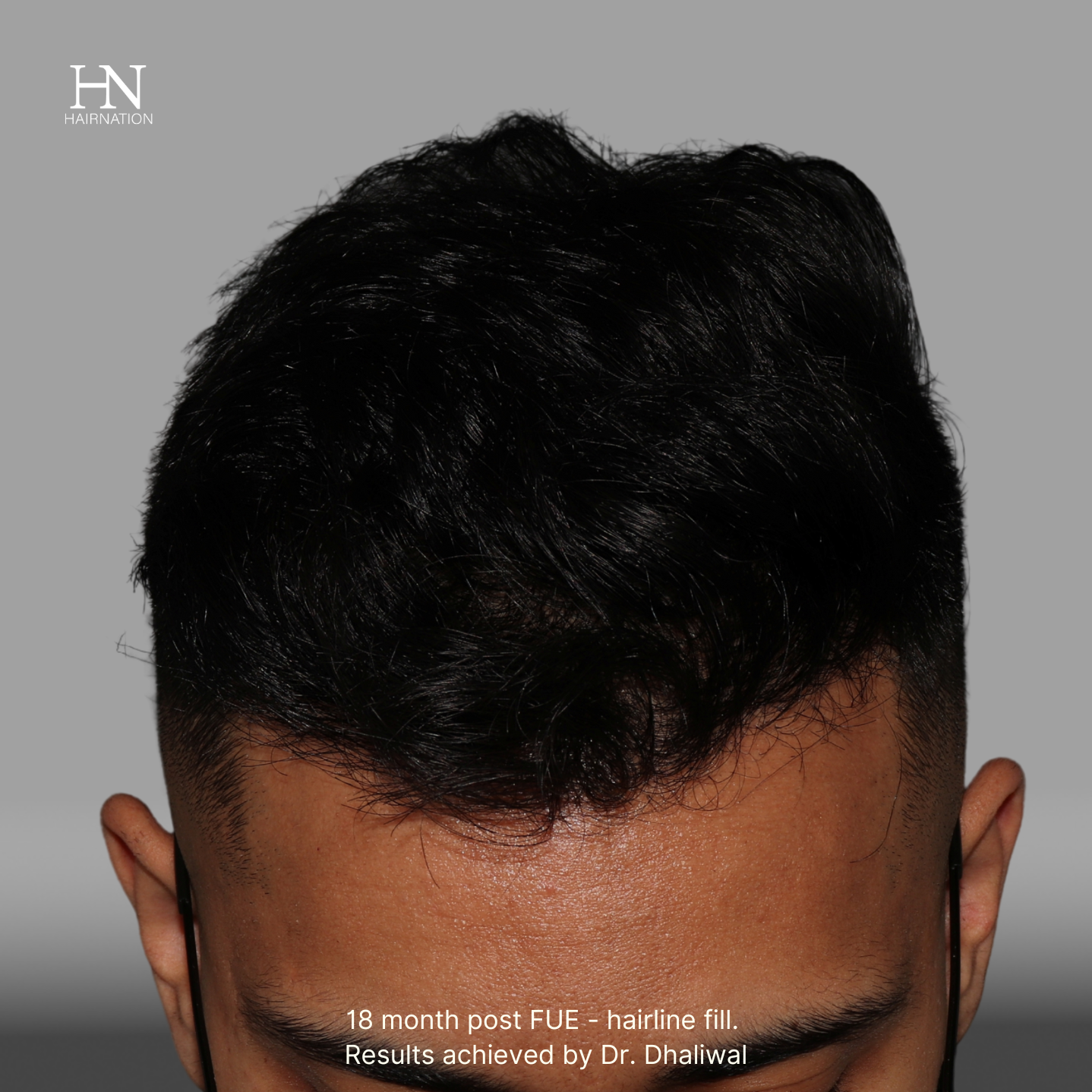




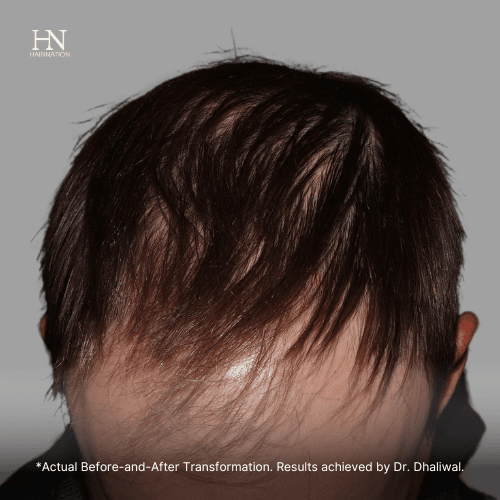
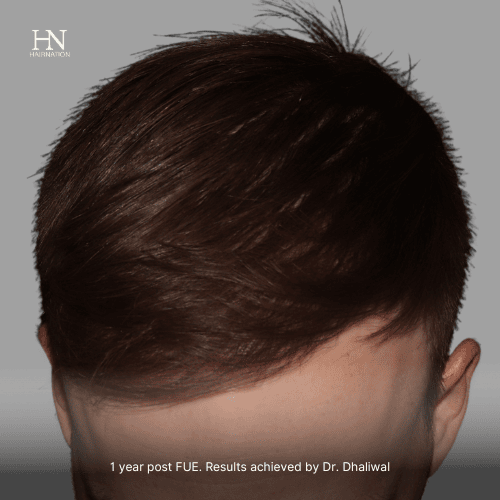
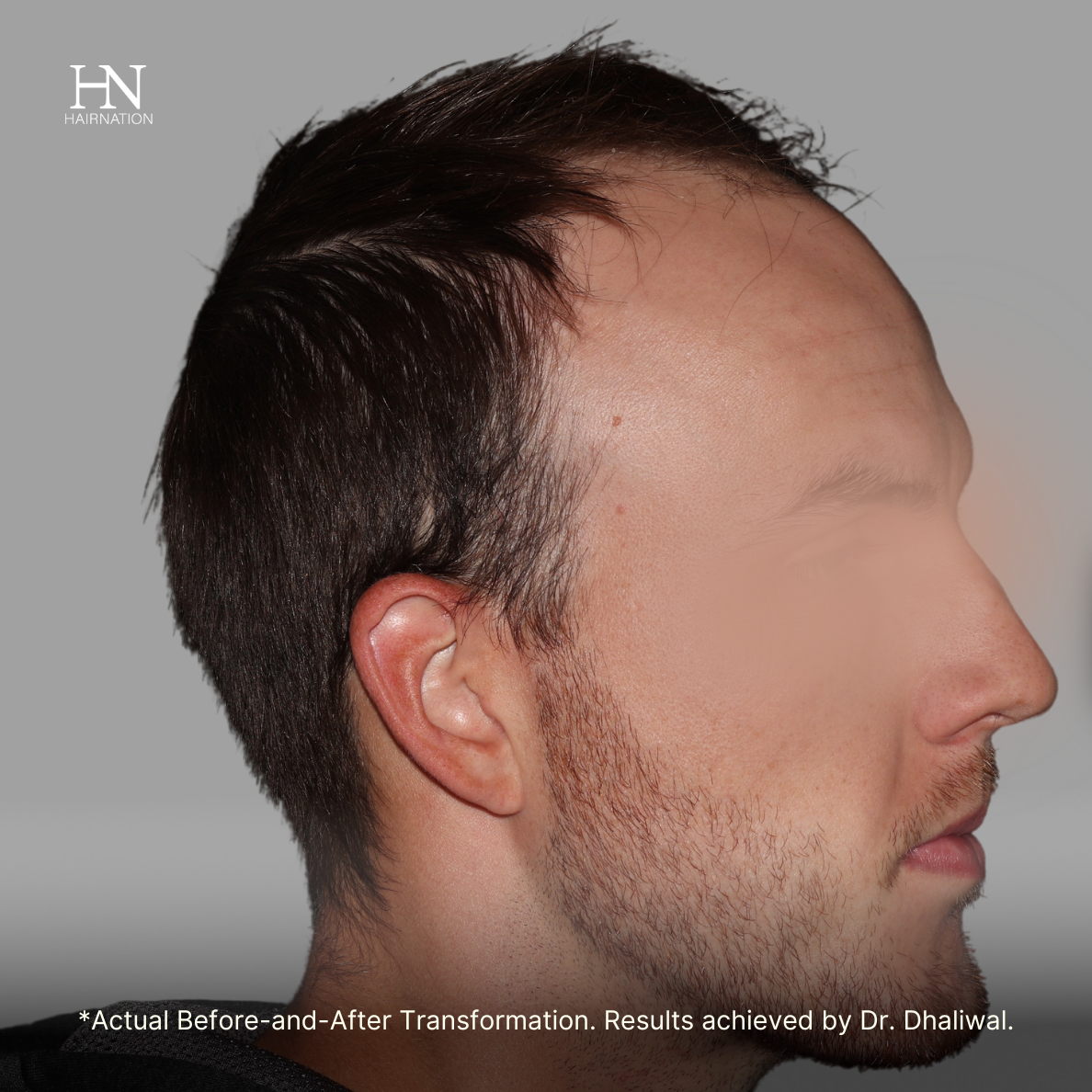
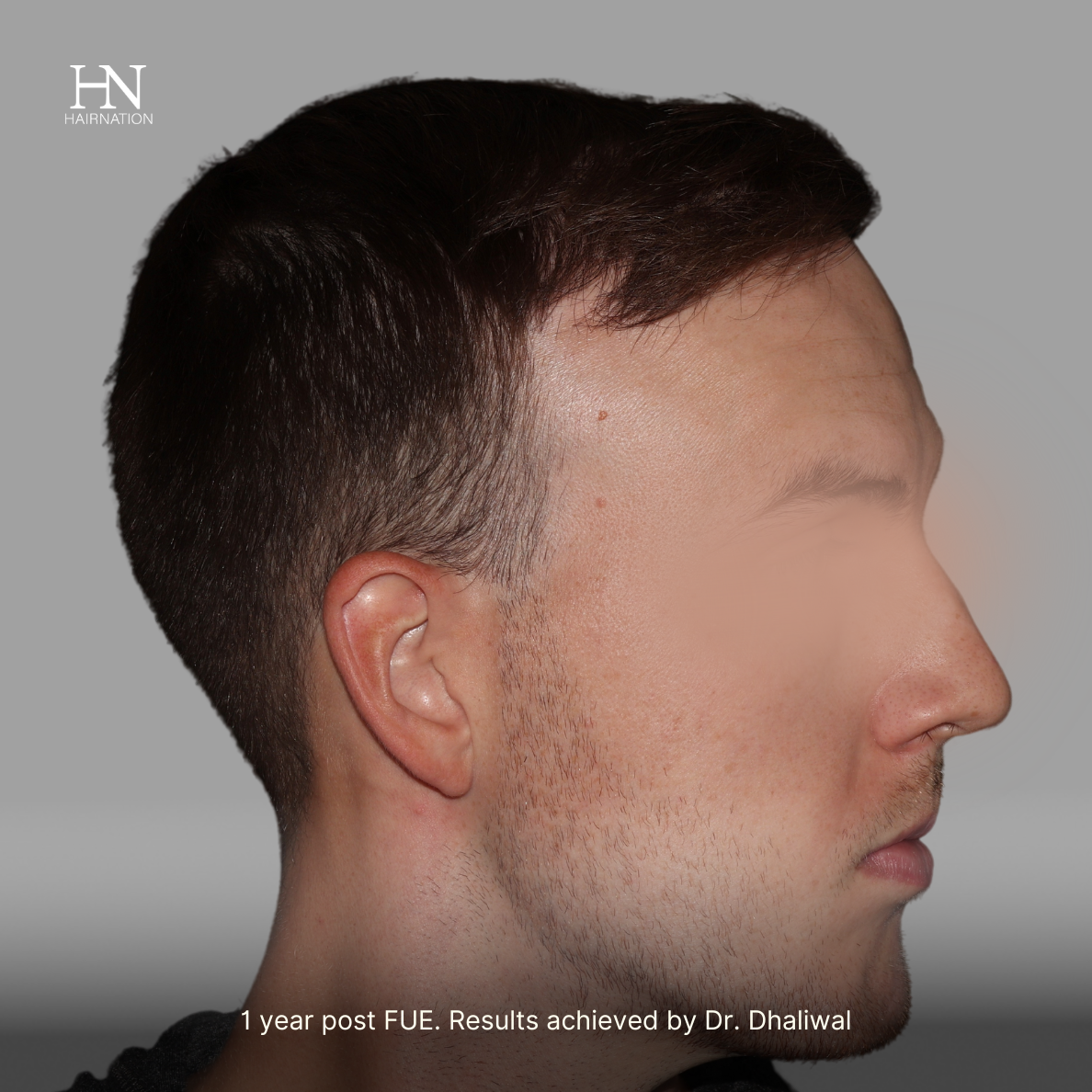
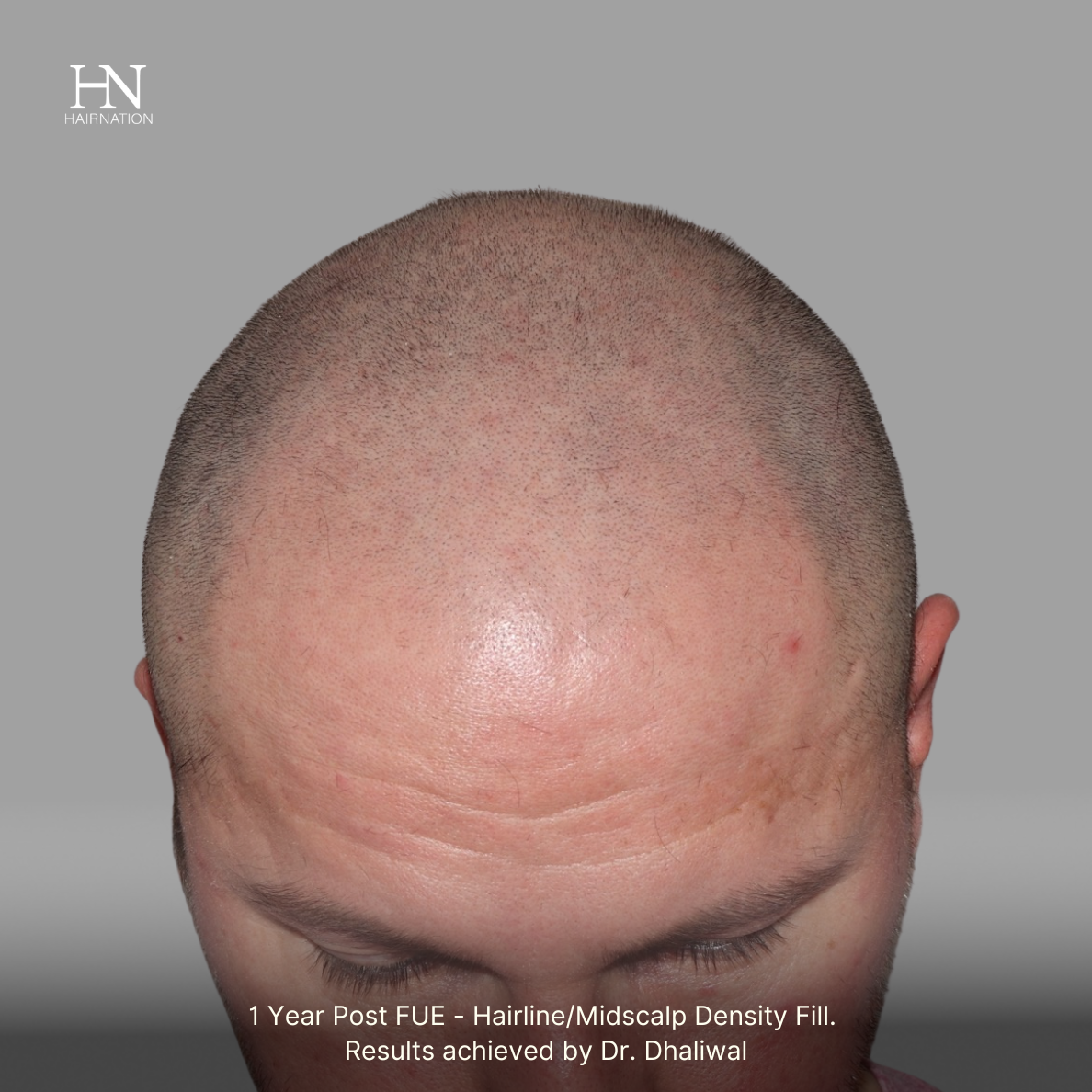
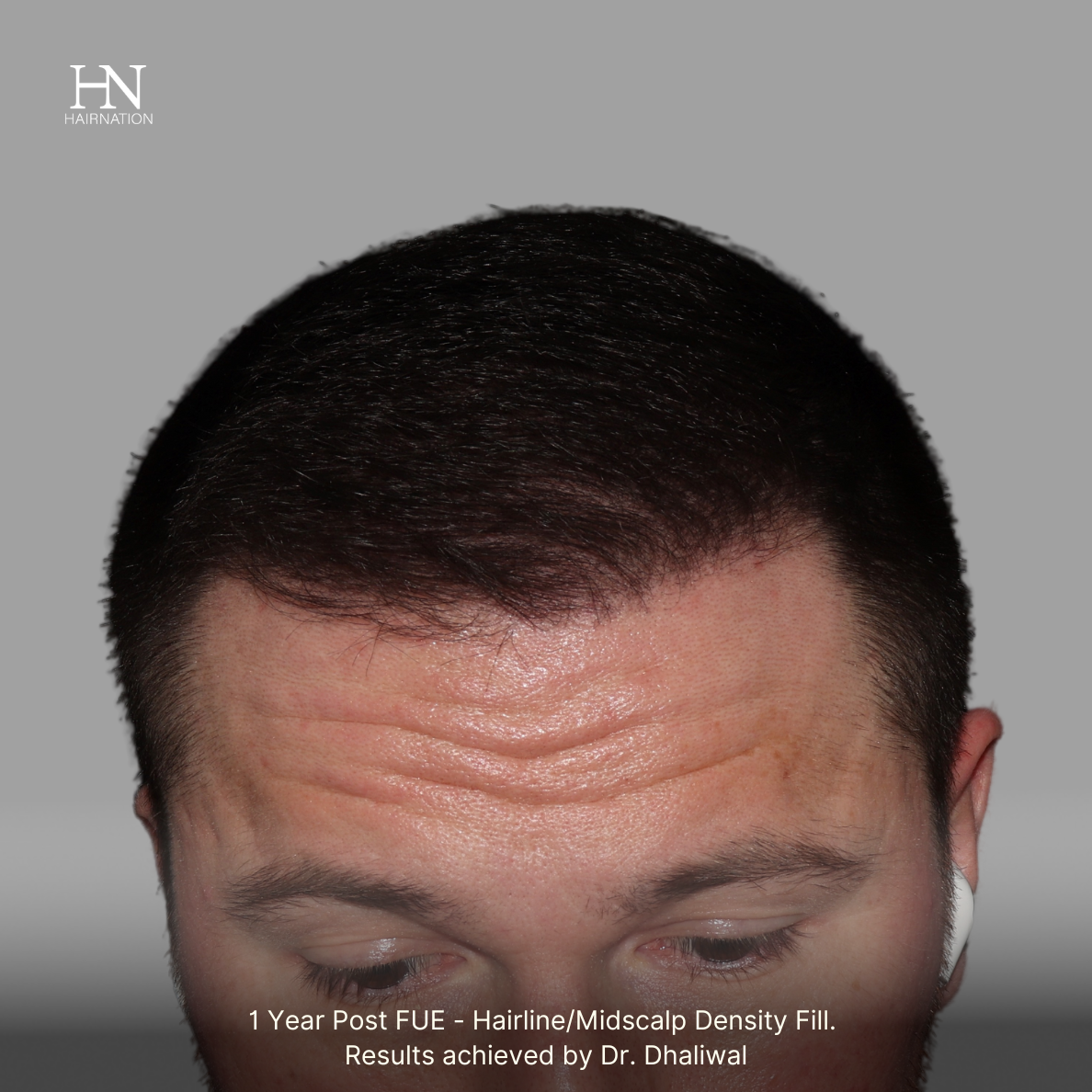
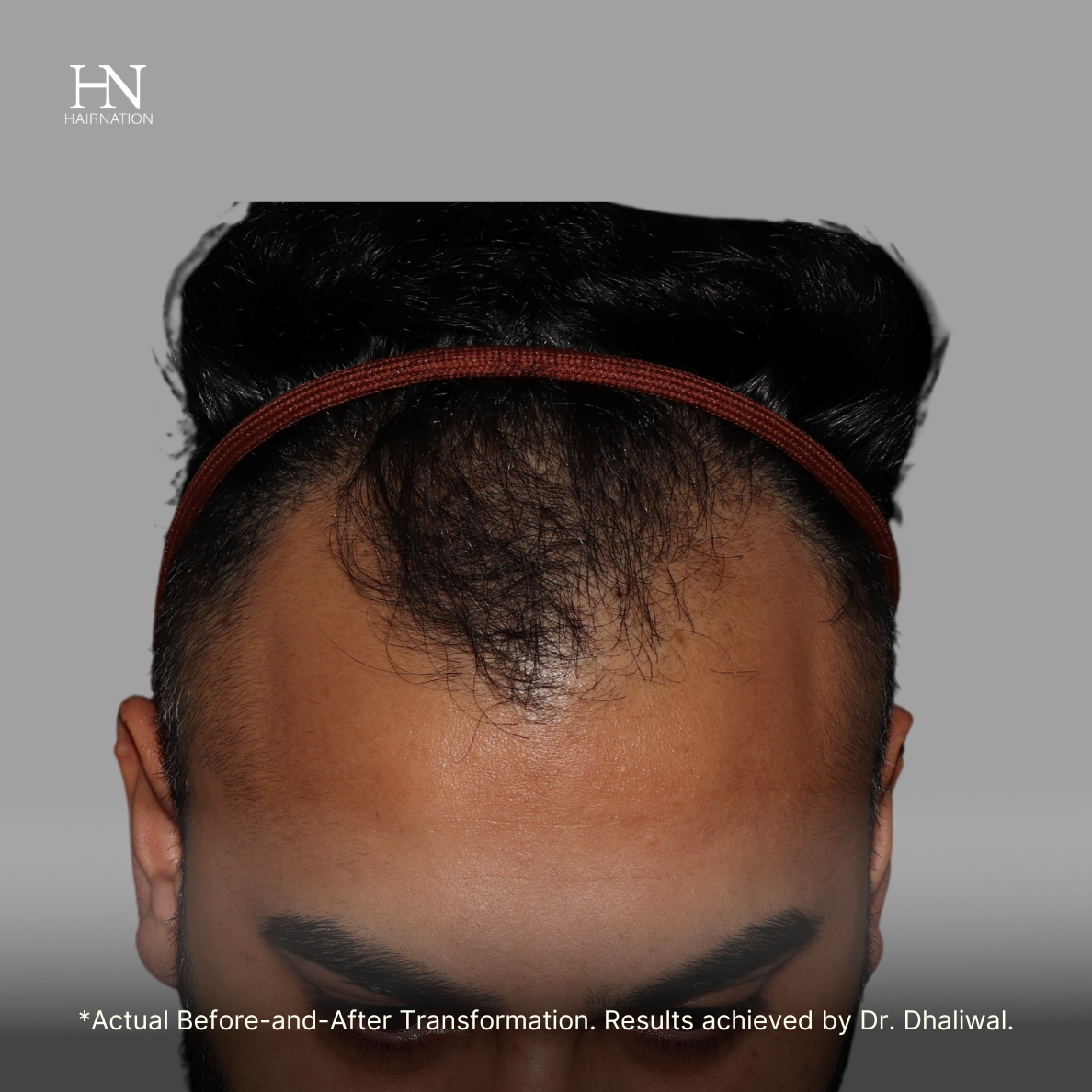
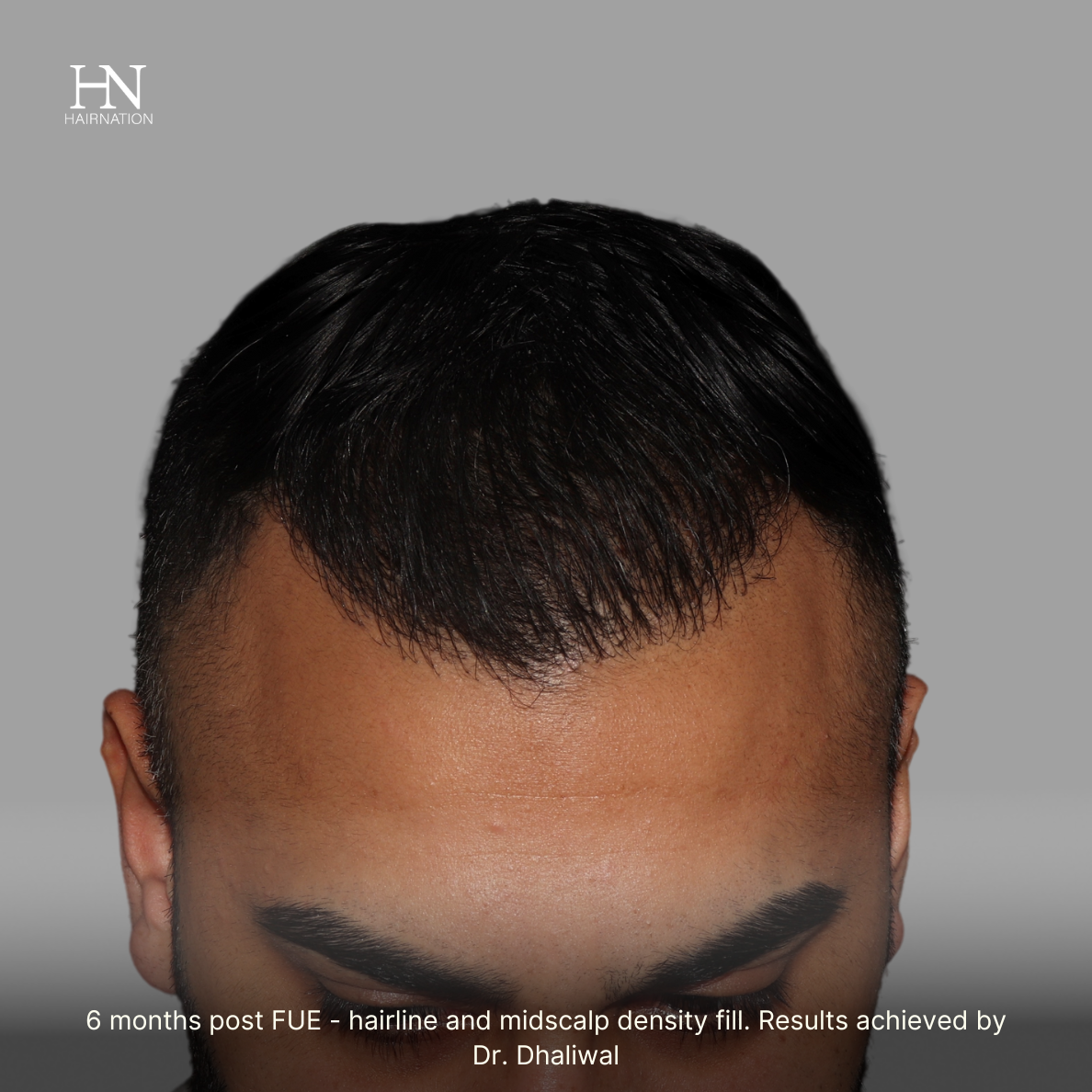
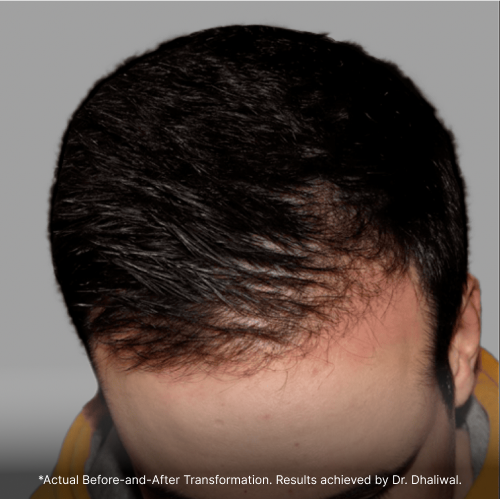


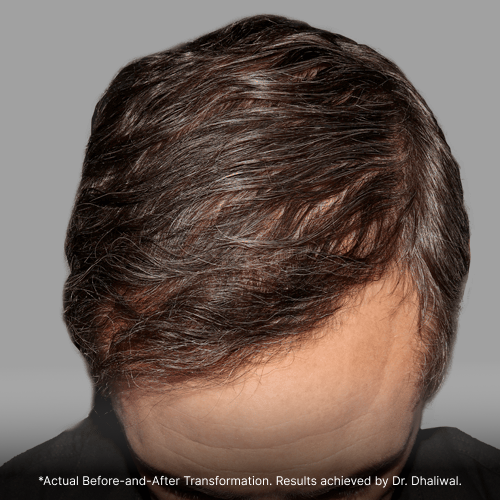
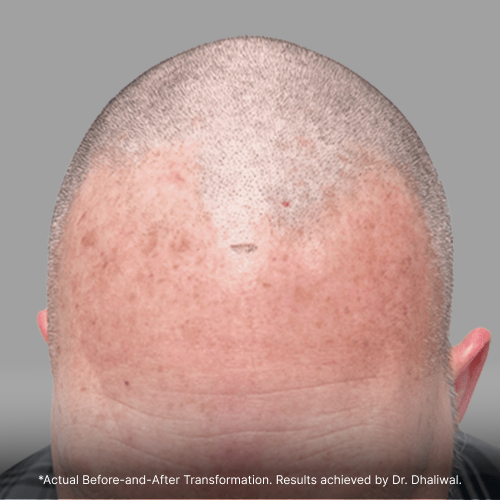
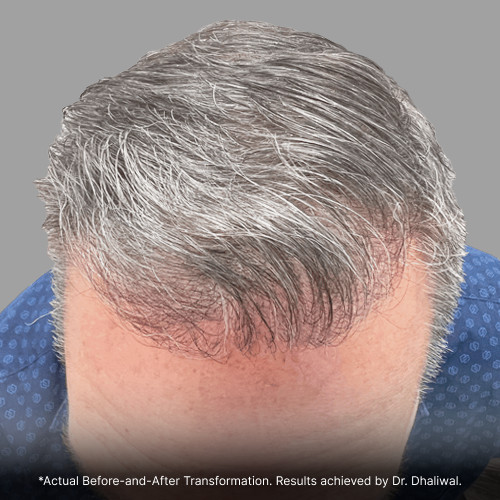



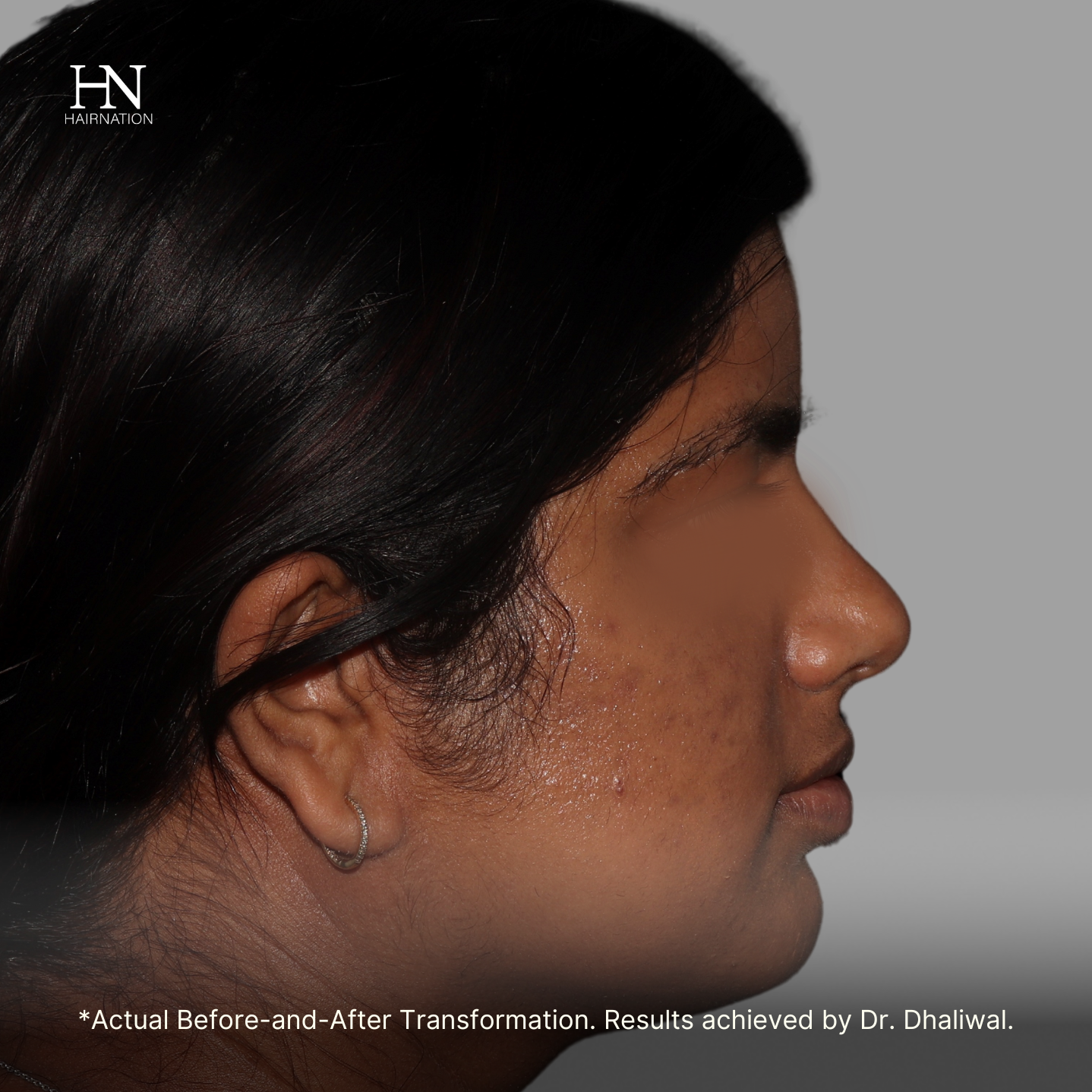
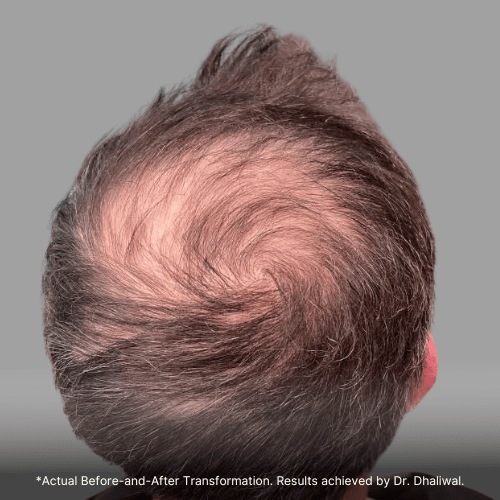
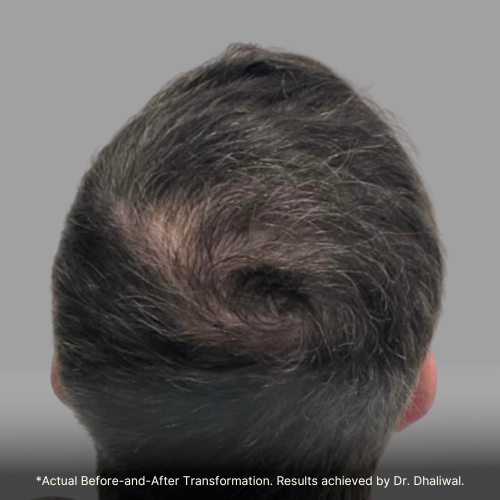
Reviews From Our Hair Transplant and Hair Loss Patients
What We Do
A comprehensive consultation for accurate diagnosis of the cause of hair loss is the first step to achieving effective and long-lasting results for the treatment of hair loss for men, beard hair loss, hair loss for women, and eyebrow hair loss. Learn more about our thorough consultation process and our transformative treatment options to decrease hair loss and facilitate enhanced hair growth restorations.
Hair Transplant For Men
Hair Transplant For Women
HAIR LOSS TRANSPLANT FAQs:
A hair transplant is a medical procedure used to address thinning or balding areas on the scalp by transferring hair from a thicker part of the scalp to the affected area. This process involves grafting the healthy hair follicles to the thinning or balding sections. Hair transplants are often chosen as a more permanent solution for hair restoration and are typically more effective than over-the-counter products.
Not everyone is an ideal candidate for hair transplant surgery, as there are limitations on how much hair can be transplanted. Several key factors can determine your suitability for the procedure:
- Hair colour: The effectiveness of the surgery can be influenced by the contrast between your hair colour and skin tone. Those with less noticeable contrast (e.g., dark skin and dark hair, or light skin and light hair) tend to have a more natural-looking result and are generally good candidates.
- Hair Density: A high density of hair follicles in the donor areas, typically the back and sides of the head, is important. A moderate-to-high level of hair density is required to achieve optimal coverage when transplanting follicles.
- Hair Texture: Individuals with curly or wavy hair often achieve better results with fewer follicular units, as the natural texture provides more coverage.
- Hair Thickness: Thicker hair can create a more effective cosmetic outcome, as it blocks more light from reflecting off the scalp. This means that fewer grafts are needed compared to those with finer hair.
- Scalp Flexibility: The flexibility or laxity of the scalp plays a role in the ease of the procedure. A scalp with high laxity (looser skin) makes it easier to extract and transplant follicles, while a scalp with low laxity (tighter skin) can be more challenging to work with.
Book a free virtual or in person consult to see if you are a good candidate for a Hair Transplant
Hair transplants involve moving hair from a denser area, typically the back of the head, to a thinning or balding area. There are two primary methods used in this procedure: Follicular Unit Transplantation (FUT) and Follicular Unit Extraction (FUE).
Follicular Unit Transplantation (FUT) or Follicular Unit Strip Surgery (FUSS)
- Scalp Removal: The surgeon removes a strip of scalp from the back of the head, usually 6-10 inches long.
- Scalp Closure: The area where the strip was removed is stitched closed.
- Graft Preparation: The removed strip is divided into smaller sections, known as grafts, using a scalpel. Each graft may contain just one hair.
- Hole Creation: Small holes are made in the scalp at the transplant site using a needle or blade.
- Grafting: Hair from the strip is placed into the puncture holes in a process called grafting.
- Bandaging: The donor site is covered with bandages to protect it post-surgery.
The number of grafts required depends on factors such as hair type, the size of the transplant area, hair quality and thickness, and hair colour.
Follicular Unit Extraction (FUE)
- Shaving: The hair on the back of the head is shaved.
- Follicle Removal: Individual hair follicles are extracted from the scalp.
- Hole Creation: Similar to FUT, small holes are made in the scalp for the grafts.
- Grafting: The extracted follicles are inserted into these holes.
- Bandaging: The donor site is covered with bandages to protect it.
In both methods, the transplanted hair will eventually grow in the new location, providing a more permanent solution to hair loss.
Day 1-7: Immediately following the procedure, the transplanted grafts will be sensitive. It takes about five days for the follicles to integrate with the blood vessels under the skin. During this time, mild swelling, redness, and blood clots may appear at the implant sites.
Day 10-14: It is normal for the transplanted hairs to shed during this period. This shedding is part of the process, as the hair follicles remain intact and will continue to produce new hair.
Month 3: New hair will begin to emerge from the scalp starting around month 3. While it typically takes about three months for noticeable new growth to appear, this can vary. Initially, the new hair may grow unevenly and appear thin, but it will gradually thicken.
Month 6-12: A significant amount of new hair growth should be visible. The hair should be about two to three inches long, and the hair shafts will start to thicken, leading to a fuller appearance. Full results are typically seen at 18 months.
The transplanted hair follicles are permanently relocated and cannot be returned to their original position. However, similar to your natural hair, these transplanted follicles have a lifespan. Over time, they may gradually produce less hair, but the results are generally long-lasting.
The cost of a hair transplant in Canada varies depending on the number of follicles being transplanted, the location, and the provider performing the procedure. Typically, a transplant involves between 1,500 to 3,000 grafts. Prices for eyebrow transplants start at $4,000, while beard and scalp transplants begin at $8,000 and can go up to $15,000 depending on the complexity and the number of grafts required.
Yes, financing options are available for hair transplants! At HairNation we offer financing through Beautifi which specializes in providing financing solutions for hair transplant procedures, making it easier to manage the costs. With their plans, you can secure a loan to cover the procedure's expenses and repay it in affordable monthly installments. This approach allows you to spread the cost over time, making it easier to budget and avoid a large upfront payment. By choosing Beautifi, you can access flexible and practical payment options tailored to your financial needs, making the procedure more accessible.
Like any surgical procedure, hair transplant surgery carries some risks, although they are generally minor. These potential complications include:
- Bleeding
- Infection
- Numbness or lack of sensation around the scalp
- Itchiness
- Swelling of the scalp
- Inflammation or infection of hair follicles (folliculitis)
- Shock loss, which is the sudden but temporary loss of the transplanted hair
- Unnatural-looking hair growth
According to Realself, 94% of individuals who have undergone a hair transplant—601 out of 642 people—have rated the procedure as "Worth It."
HAIR LOSS TREATMENT FAQs:
Hair loss treatments are non-surgical, non-invasive methods designed to promote thicker, more natural-looking hair without the need for hair transplant surgery. These treatments can include a variety of techniques, such as low-level laser therapy, topical FDA-approved applications, growth stimulators, and nutrient-rich shampoos. They are particularly effective for individuals experiencing mild hair thinning.
Non-surgical hair loss treatments can be an excellent option for many people looking to restore a fuller head of hair. These treatments are suitable for various stages and causes of hair loss, whether mild or severe. Because they are non-invasive and require little downtime, they may be a preferable choice for some. Ideal candidates for hair loss treatments include those who:
- Have not seen success with topical hair loss treatments
- Want to cover extensive baldness where hair transplants aren't feasible
- Experience hair loss due to conditions like alopecia areata
Injections: Advanced injections leverage the natural healing properties of your own blood to stimulate inactive follicles and increase hair growth. The plasma contains growth factors that encourage tissue regeneration and new blood vessel formation, which can help counteract the effects of aging. When applied to the scalp, it stimulates hair follicles, leading to the growth of stronger, healthier hair and increased hair density by thickening individual strand.
FDA-approved Topical Treatments: Effective for male or female pattern hair loss, including conditions like androgenetic alopecia. These topical treatments work by dilating blood vessels in the scalp, increasing blood flow and stimulating hair follicles to transition from the dormant (telogen) phase to the active (anagen) phase of growth, promoting new hair growth.
Low-Level Laser Therapy (LLLT): LLLT is a proven method for treating and preventing hair loss. This treatment uses low-level lasers, such as those in the BIOLIGHT Medical Hair Therapy cap, to energize hair follicles and stimulate new hair growth. Clinically, these lasers have been shown to slow the progression of hair loss and enhance hair follicle renewal, resulting in thicker, healthier hair.
Recovery after hair loss treatments is generally straightforward, as these treatments are non-invasive. There is little to no downtime required, allowing you to return to your daily activities right away. It's important to adhere to the treatment plan and follow any post-treatment care instructions provided by your healthcare provider to ensure optimal results.
The timeline for seeing results from hair loss treatments can vary based on the specific treatment used and the number of sessions needed. Generally, treatments take about six months or longer, with maintenance sessions required to sustain the results. Patients can expect to notice denser, thicker hair once they have completed the recommended course of treatments provided by their healthcare professional.
Hair loss treatments generally carry minimal risks or side effects. While rare, some individuals may experience an allergic reaction, as well as mild swelling or bruising following treatment. Overall, the likelihood of encountering any significant medical issues is very low.
The cost of hair loss treatments in Canada can vary based on the specific treatment and individual patient needs. Generally, prices range from $750 to $3,000.
Restorative Hair Transformation Starts Here
Hair loss is not something you have to accept. Effective and lasting solutions for hair loss for men and women are available. Through a comprehensive consultation, HairNation delivers accurate and insightful diagnosis and advanced hair restoration treatment strategies to guide you on your journey to complete and transformative hair restoration.
“Contact us today by completing the form below or calling us at 1 (587) 952-8844. Complimentary in-person consultations are available for clients in Calgary and the surrounding area, while complimentary virtual consultations are offered for those located outside the region.”

